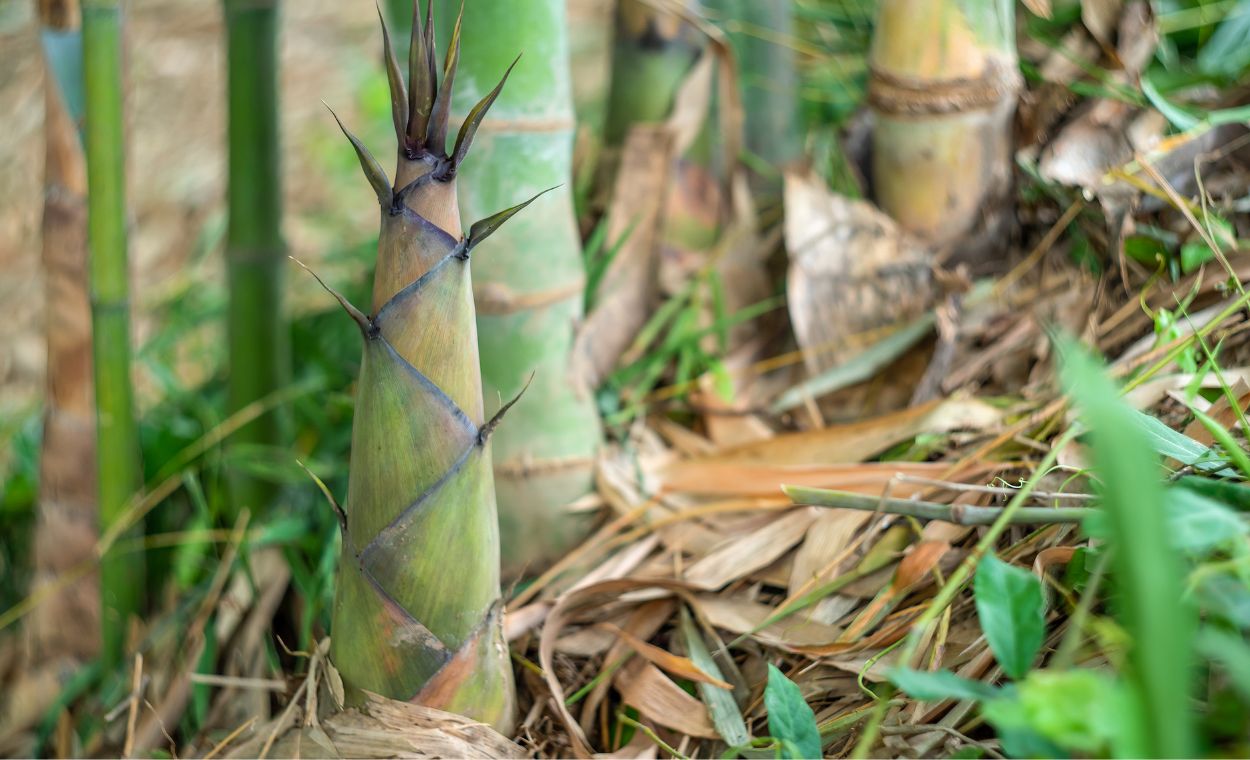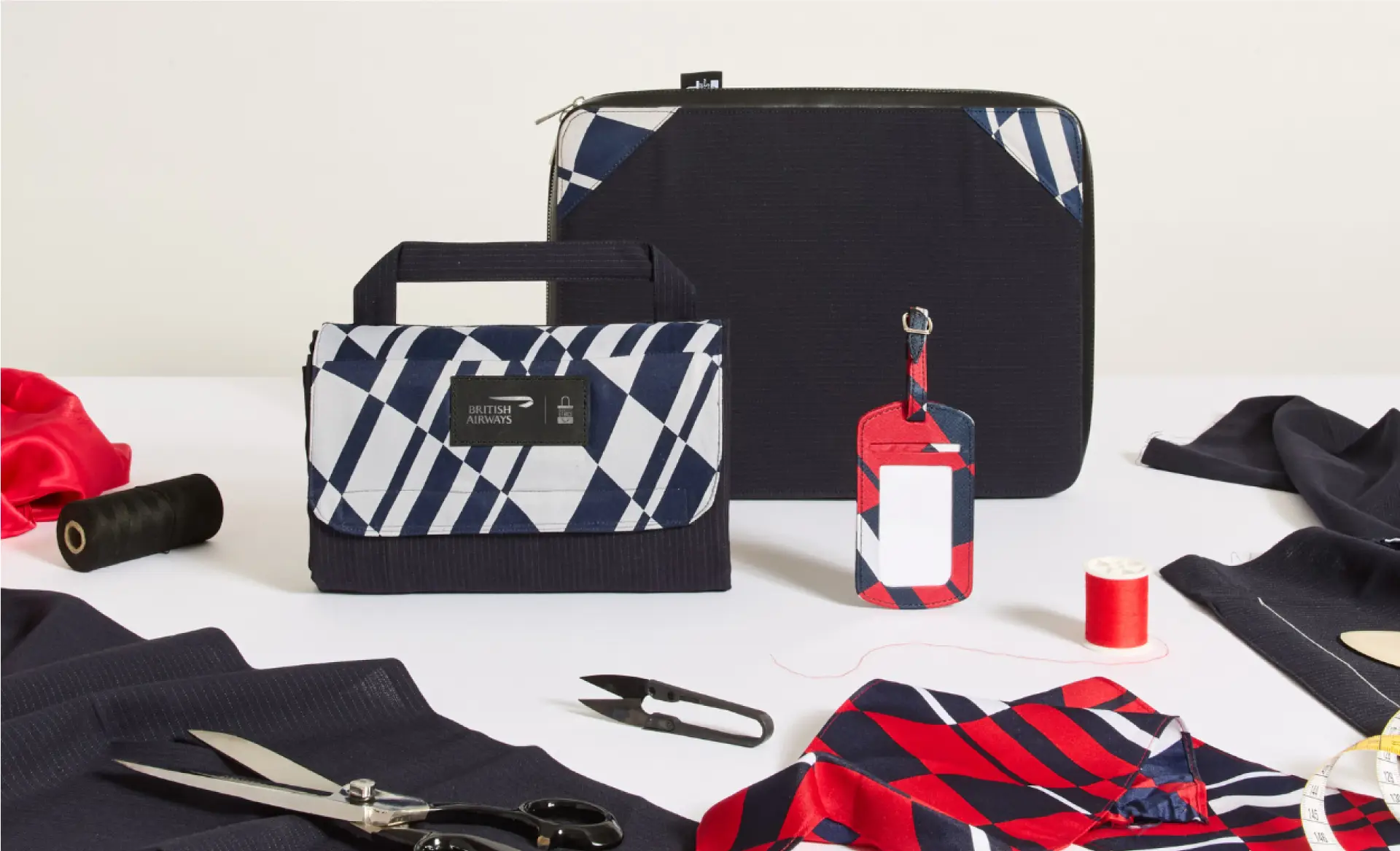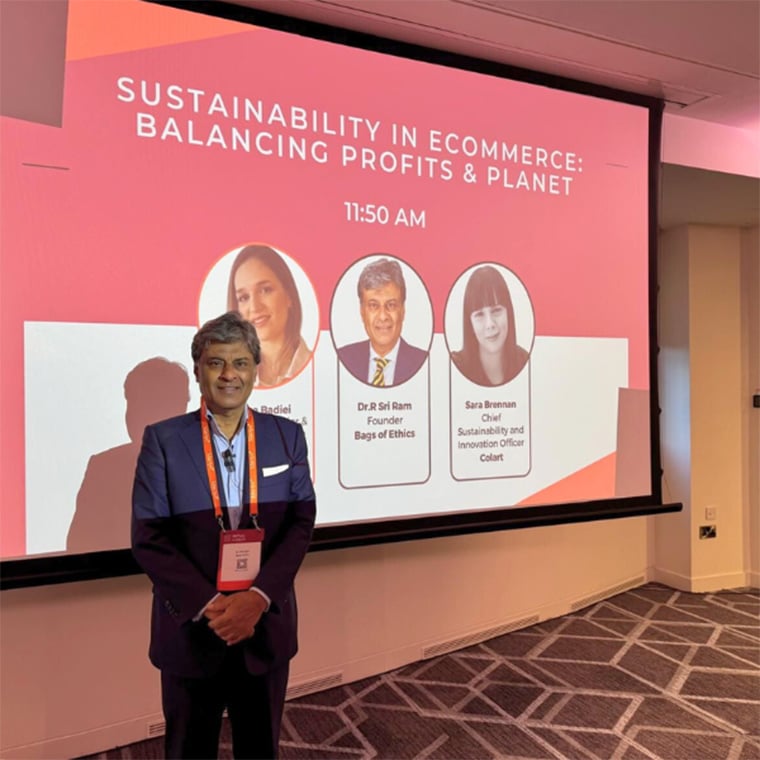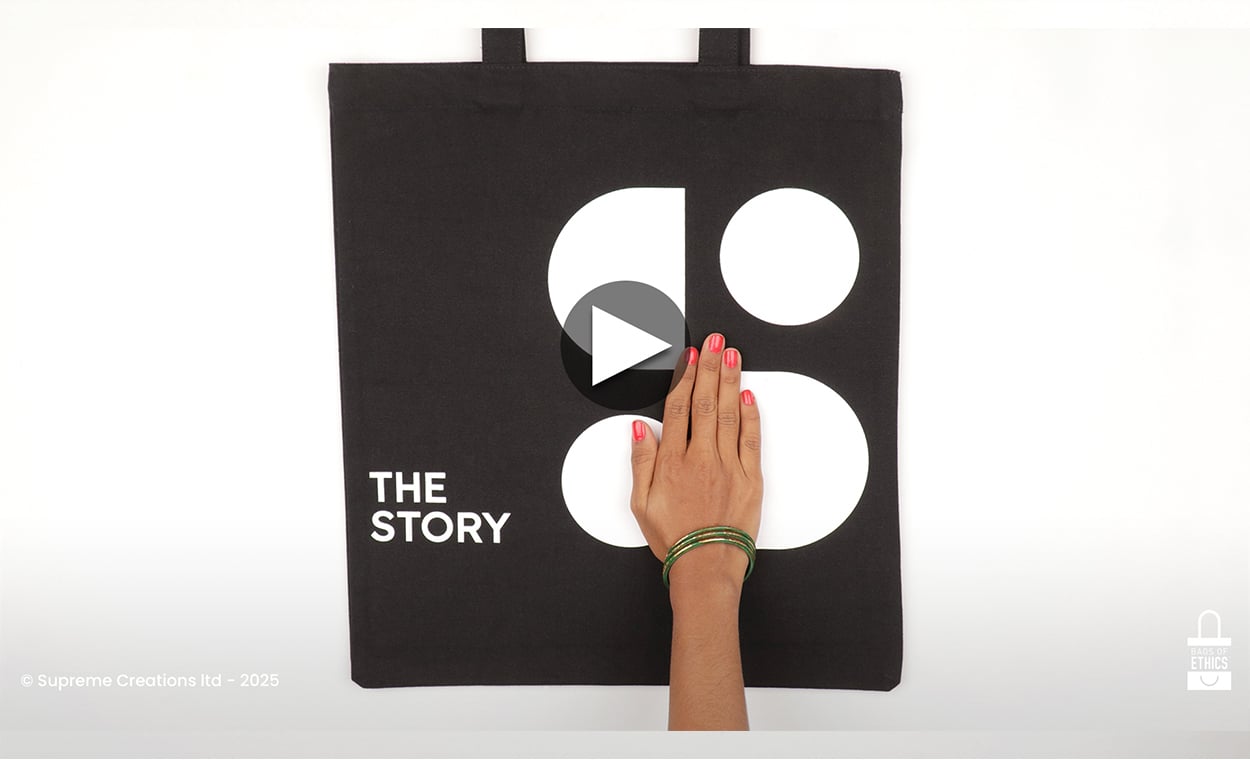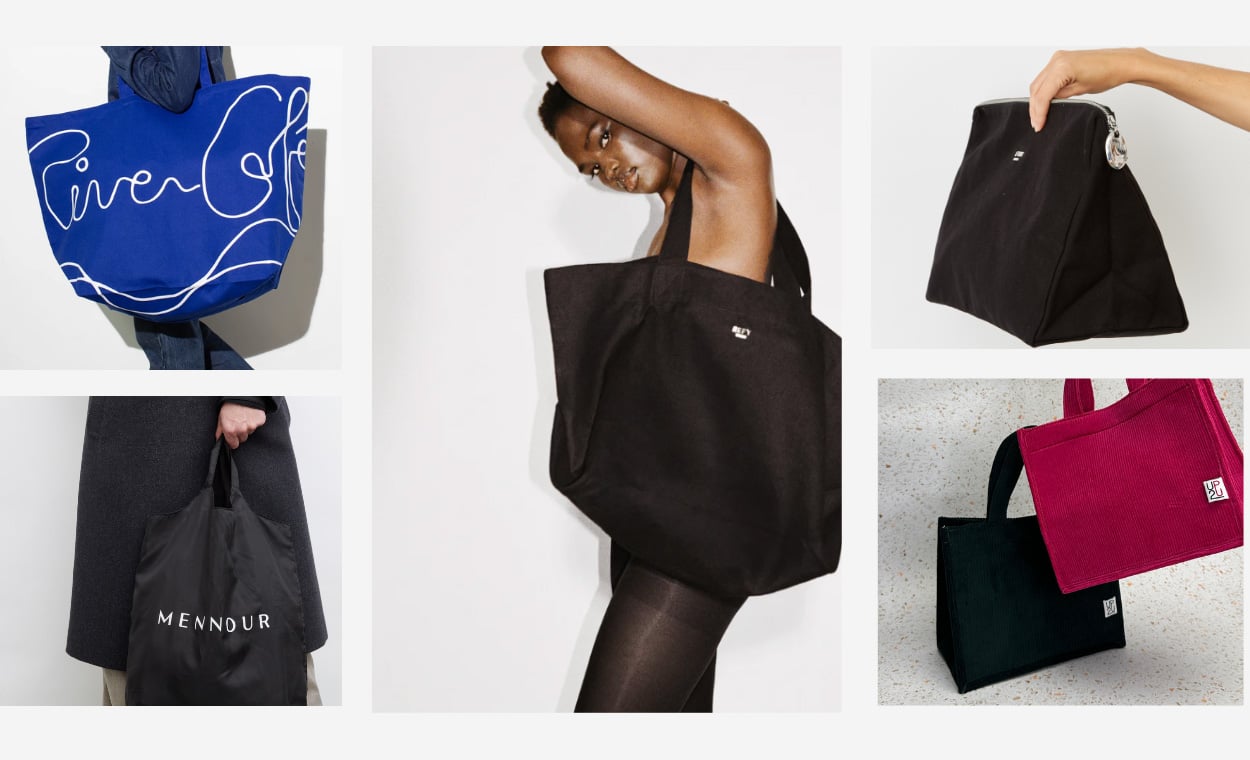Choosing a fibre from a design perspective can be challenging enough, but the fibre that a fabric is made from has numerous environmental and social impacts. It can be difficult to work out the best option when selecting a fibre.
Introducing Fibre Focus, our fabric blog that breaks down the various impacts of a fibre from an environmental, social justice and design standpoint. It is important to also consider any potential impacts a fibre might have if it were to become more popular.
Design advantages :
- Strong and durable
- Soft handle
- Crease resistant
- Moisture absorbent and anti-odour
- Effective draping
- UV blocking
- Has affinity with many natural and synthetic dyes
- Responds well to machine washing
Design disadvantages :
- Can be more expensive than other natural fibres
- Cannot be hand processed so has to be produced in a factory setting
Environmental impacts :
- Cultivating bamboo prevents soil erosion, improves watersehds, and phytoremediates (removes toxins through plants) very effectively
- Bamboo plants have a large surface area, which makes it an excellent photosynthesiser. Bamboo can absorb 12 tons of CO2 per hectare and release 30% more oxygen than a hardwood forest the same size
- Bamboo requires smaller quantities of water to grow compared to other fibres
- Bamboo flourishes without the intervention of chemical pesticides and so air, soil and water quality is preserved
- Bamboo itself is a wholly sustainable plant, but in order to create fabric from it, 1 of 2 processes must be used – the chemical process (viscose) uses very harsh chemicals, and the mechanical process is very energy-intensive
- Bamboo fabric biodegrades more effectively than synthetic fabrics
- Bamboo plants have many uses in a variety of industries. Growing plants that have many uses is an economical use of resources
Social impacts :
- Bamboo famers work with far fewer chemical pesticides
- Bamboo fabric producers using the viscose method work with sodium hydroxide, a highly corrosive chemical compound that is also an irritant
- Bamboo plants natural regenerate, so there is no need to replant. This can save farmers time and they can grow another crop and generate more income
- Consumers wearing bamboo fabric may be exposed to residual chemicals if the fabric was produced using the viscose method
- Local residents living close to where the bamboo is growing can enjoy chemical-free water, air and soil
- Local residents living close to bamboo fabric production facilities may be exposed to sodium hydroxide
- Bamboo grows very quickly, and so farmers can expect large and frequent yields, thus generating more income. One species is reported to grow up to 3 feet in a single day
- Bamboo plants have many uses and so farmers can generate more income and sell their crops to a variety of industries
Positive potential impacts :
- Preservation of air, water and soil quality
- Prevention of soil erosion
- Decreased water footprint
- Decreased farmer dependence on large chemical corporations
- Over 70 million trees are used each year to make viscose, lycocell, rayon and modal, if these were produced with bamboo cellulose, then less water would be used, trees would be saved, chemical use would be avoided, and the bamboo would phytoremediate toxins from the soil
Negative potential impacts :
- Job loss for farmers in other fibre industries, and therefore a loss of income which can effect wellbeing and quality of life
- Increased presence of residual sodium hydroxide in the environment and on garments
- Increased risk of occupational sodium hydroxide exposure for fabric producers
So there you have it, a simple breakdown of bamboo’s impacts that you can keep in mind when buying, sourcing or designing.
Bamboo
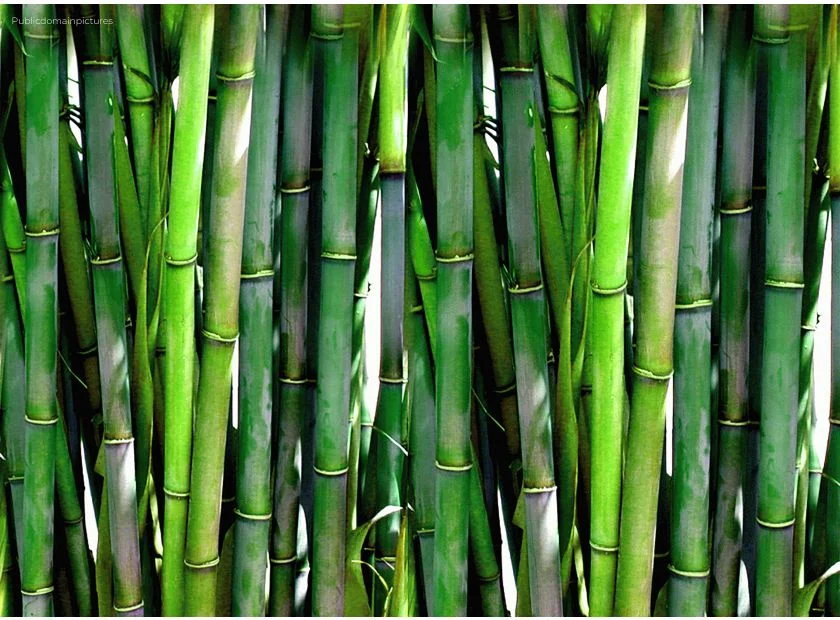








 France
France
 Germany
Germany
 Italy
Italy
 Spain
Spain
 United States
United States
 India
India
